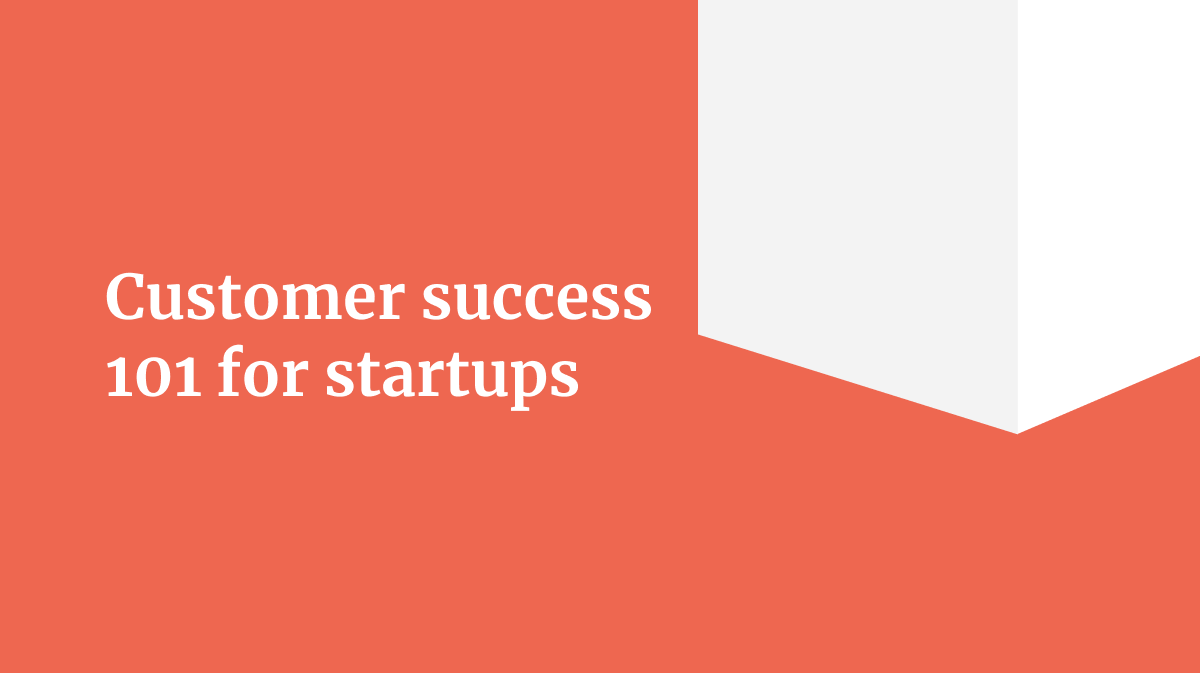Maria 01, Building 5, entrance B
Lapinlahdenkatu 16, 00180 Helsinki
Making history? lets@maki.vc
Press inquiries: press@maki.vc
Blog | Nov 15, 2022
 WRITTEN BY Reetta Heiskanen
WRITTEN BY Reetta Heiskanen

Some B2B startups are extremely good at onboarding and retaining customers; they do it daily and in large volumes. The secret to this success is often a well-operating customer success function that juggles between the customer interface and internal product development. Often, the customer success team is responsible for the customer from the point of inception through their entire lifecycle — which at its best enables the team to build long-lasting and trust-worthy relationships along the way.
Even though my experience lies in the field of SaaS, CS is critical for every company, even more so for early ventures that can’t afford to lose clients and bad-fit customers to weigh down their businesses' growth. That’s why I believe any startup can benefit from these learnings:
You’re about to embark on a journey together towards shared goals, and therefore it’s essential to understand the destination your customer is heading to and what their expectations are for the process. Especially in the beginning, listening to the customer and piloting are extremely important.
The onboarding process is the golden opportunity to get the customer on the same page as you and also ensure that they know what to expect along the way. In return, this will allow you to manage customer expectations from the get-go. Set up an engaging kickoff meeting, which usually is the first touchpoint, and help the customer to get to know the process and align with the goals you’ll reach together. The customer should come out of the onboarding journey with a clear understanding of what to expect in the first 30-60 days.
This is the step I see companies often neglecting. It’s not enough that you’re clear on the customer’s expectations towards your product and have set KPIs and goals for the journey together. You need to also have joint accountabilities, because there are always goals that can’t be reached without certain commitments and actions from the customer side. For example, it’s not enough that you have a stellar onboarding guide for internal product onboarding if the company doesn’t commit enough their time to integrate the product. That’s why you should be transparent about what’s expected from your customer for you to reach your shared goals (and when I say transparent, I really do mean: write them out!)
It’s not uncommon to find yourself caught between focusing on the world inside the product and the wider world outside of it. To avoid this conflict, build a close working relationship between customer success and product domains, guided by a clear set of KPIs and data-driven feedback. This means setting even weekly meetings with the product and CS teams, after which the collaboration starts to run smoothly. Moreover, it’s crucial for everyone in the product team to catch up with customers on a regular basis. You can join a sales demo or simply reach out to the customer directly and ask them how they found the product.
How your customer is doing tells a lot about how your company is doing. That’s why I can’t highlight enough the role of data and the importance of staying on your customer’s pulse.

I started with customer understanding and will end on the same note. Because that’s the golden ticket to a well-performing customer success function. Don’t forget the customer after a successful onboarding. Make sure you keep yourself on top of your customer’s needs, pain points, and the ways in which you can create more value for them. Post open-ended questions on how they are using your products and services, what needs improving or done differently, and their ultimate wish list. I guarantee you, your customers will value this attention, and your business will thrive on this insight.